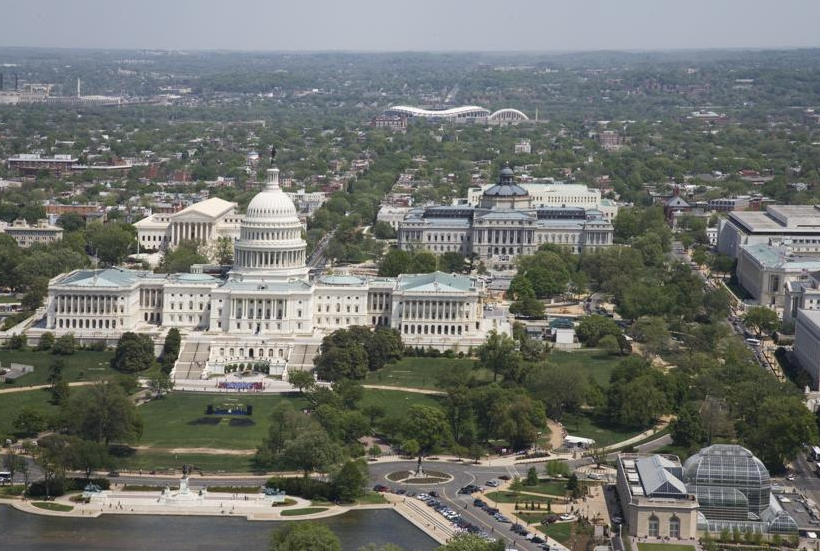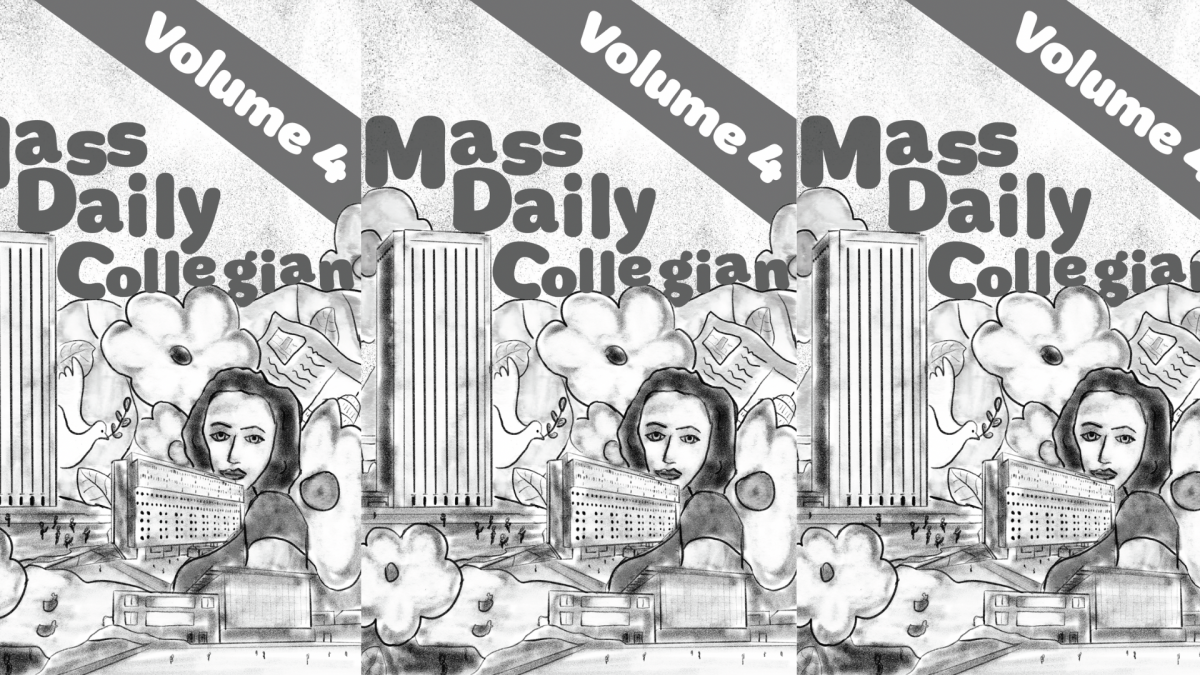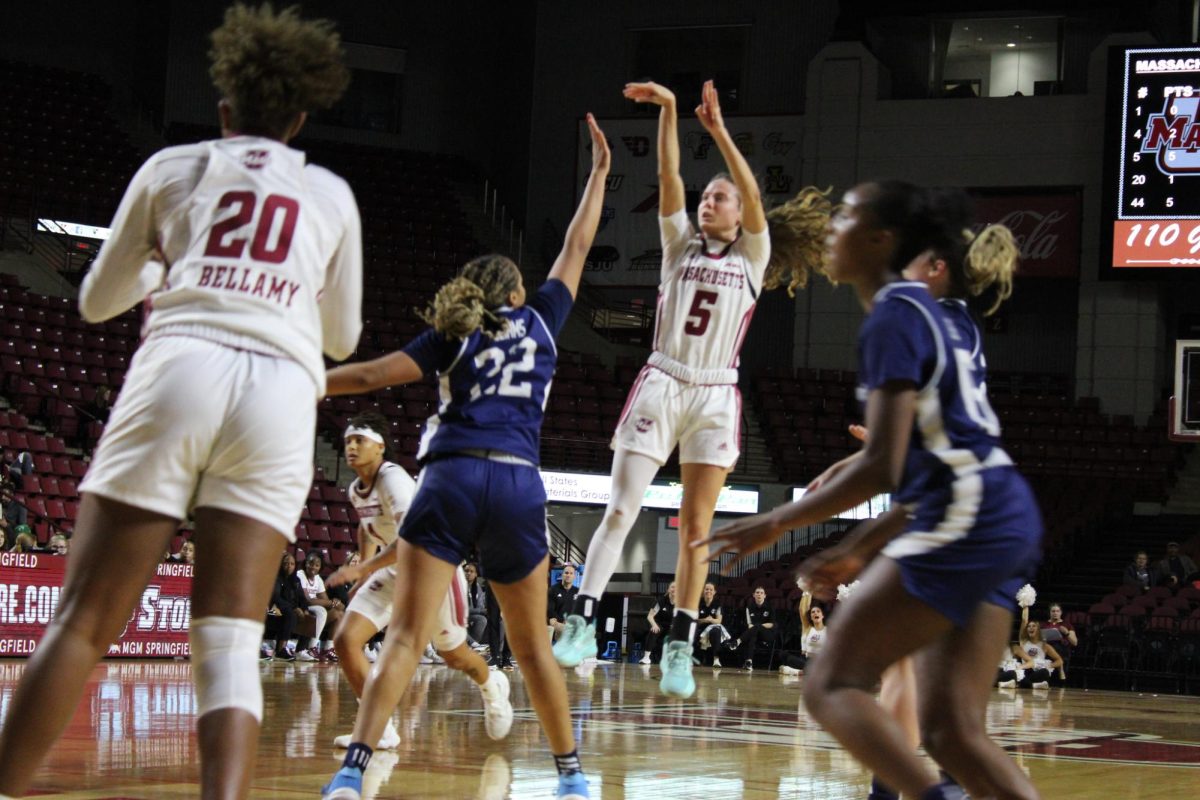The federal student loan debt balance carried by Massachusetts residents amounts to nearly $31 billion. Almost a million people in Massachusetts—902,000 of the state’s total seven million residents—are burdened with student loan obligations. A report on student debt for the University of Massachusetts system class of 2020 found that 69 percent of students graduated with student loan debt, with an average of $32,310 across the four universities. UMass Amherst graduates had an average debt of $32,928 in both federal and private student loans.
One year ago, Senate Majority Leader Chuck Schumer and Senate Majority Whip and Chair of the Judiciary Committee Dick Durbin pledged to journalist Blake Zeff in MSNBC documentary Loan Wolves that they’d move a student loan bill through Congress, or at least the Senate, where they have power for now. They promised to spearhead a solution, not by income-contingent repayment or by re-evaluating undue hardship claims, but to reform the bankruptcy code’s treatment of student loans itself. They have yet to deliver.
In the documentary, Zeff makes Schumer aware of Durbin’s work on the issue, to which Schumer responds, “It’s something I would obviously look at.” Not long after their conversation, Schumer says in a press conference, “It’s outrageous that other people get to declare bankruptcy, but students can’t.”
Durbin’s bill—S.2598, the FRESH START Through Bankruptcy Act—would make federal student loan debt “dischargeable in a bankruptcy proceeding 10 years after the first loan payment is due.” At the end of Loan Wolves, Durbin promises Zeff that “We’re going to try everything legitimately possible to move the bill through the Senate this year.”
Yet, it’s an empty promise. Introduced August 4, 2021,, the bill was read twice and referred to the Senate Judiciary Committee. Nothing has happened since. There is no excuse for a lack of action, especially when Zeff has told Durbin the bill is on Schumer’s radar.
“We have to beg Schumer to give us a niche, a piece of the calendar so that we can call the bill … his personal commitment is essential,” Durbin said in the documentary. “[Schumer] is convinced … he pledged to me that he will bring it to a committee this session,” Zeff assured Durbin in response. With Schumer and Durbin on the same page, they must not go back on their word to reform the bankruptcy code’s treatment of student loans.
The two have pressed the Department of Education in the past on changing administrative policies around undue hardship to make it easier to discharge student loans through bankruptcy. In November 2022, the Biden administration responded by making the process fairer with clearer legal standards around undue hardship. Despite this, most who file claims through a bankruptcy provision have been largely unsuccessful .
Schumer and Durbin know that fixing federal policy is just the tip of the iceberg. Without the threat of bankruptcy, college lenders can lend out extreme sums of money because of guaranteed repayment and colleges can continue hiking tuition costs. Therefore, the root of skyrocketing college costs lies in the bankruptcy code.
In 1988, a virtually unknown bureaucrat slipped two lines into the Higher Education Amendments, altering Section 523(a)(8) of Title 11. These two lines make it nearly impossible for student loans to be dischargeable through bankruptcy by eliminating the seven year discharge provision, leaving the loosely defined “undue hardship” clause as the only way to discharge student loans through bankruptcy, a case-by-case standard that is extremely difficult to prove despite Biden’s improvements.
In the documentary, Zeff uncovers the culprit behind these two lines: David Longanecker, former assistant secretary of post-secondary education at the U.S. Department of Education. Zeff confronts Longanecker, who admitted putting the language into the higher-education bill and still holds his view that “when people accept an obligation, they have a responsibility to attend to that,” and if students did default, they “simply weren’t acting in good faith.” Apparently, bad planning by any business in the United States is entitled to bankruptcy protection, though.
As most student borrowers are16-to-17-year-olds at the time they signed for a loan with fees hidden in fine print, why must they be the exception? Why is it that gambling debts and excessive shopping debts are easier to discharge in comparison? Why can Donald Trump abuse bankruptcy laws by filing for corporate bankruptcy six times to wipe away his debts, but students carry theirs to the grave?
It’s past time to move Durbin’s bill through Congress and get it signed by President Biden. With the Supreme Court killing Biden’s recent loan forgiveness plans under the 2003 HEROES Act and interest set to start accruing on federal loans this September after a three-year payment pause, things don’t look too bright. While Biden did have some success in his latest debt relief effort, for longtime borrowers, there is still much pushback.
Instead of a more expansive response following the Supreme Court smackdown, the better and permanent solution is a bipartisan fix that has been proposed but not acted on. Schumer and Durbin must aggressively champion bill S.2598, a solution that would fix what’s been broken for years and has affected millions of borrowers. Not only are Republican Sens. John Cornyn and Josh Hawley co-sponsoring the bill, but Gov. Ron DeSantis recently announced his support for student loans to be discharged through bankruptcy “like any other loan.”
While Republicans may want to block direct relief or sudden cancellation of debts, they hold the same views on the bankruptcy code. Trump-nominated Federal Reserve Chairman Jerome Powell agreed with Sen. Elizabeth Warren that student loan debts weigh the economy down because of reduced or delayed spending. When questioned in a 2018 hearing about why students cannot discharge their loans in bankruptcy, Powell said, “I’d be at a loss to explain why that should be the case.”
It’s appalling that students are told repeatedly to go to college, pursue higher education, take out loans to do so and are punished as a result. It’s angering that after years of rising default rates, students are the ones being blamed for irresponsibility instead of the rigged system. It’s abhorrent that even after default, students cannot declare bankruptcy and instead have a percentage of their disposable pay collected through a process known as wage garnishment.
Betsy Mayotte, president of the Institute of Student Loan Advisors, said “the fastest growing population of U.S. citizens carrying student loan debt are the over-65s.” When senior citizens still have not paid off their loans, then there’s clearly something wrong with the system, whether it’s ridiculous compounding interest rates or the politicians that help run the scam because their campaigns are funded by college lending companies.
Schumer and Durbin must make it a priority to re-instill bankruptcy protections through the FRESH START Through Bankruptcy Act, as they pledged. While Congress typically moves like sloths on bill-to-law processes, bipartisan backing leaves no reason for further delay. We have a solution to the student loan crisis; it just needs to be implemented.
Robert Weiner is a UMass Amherst graduate school alumnus (M.A. ’74 in American History). He was spokesman for the Clinton and Bush White Houses, the House Government Operations and Oversight Committee, the Judiciary Committee, and senior staff for Reps. Claude Pepper, Ed Koch, John Conyers, and Massachusetts Sen. Ted Kennedy. Charlyn Chu is a policy analyst at Robert Weiner Associates and Solutions for Change.



















